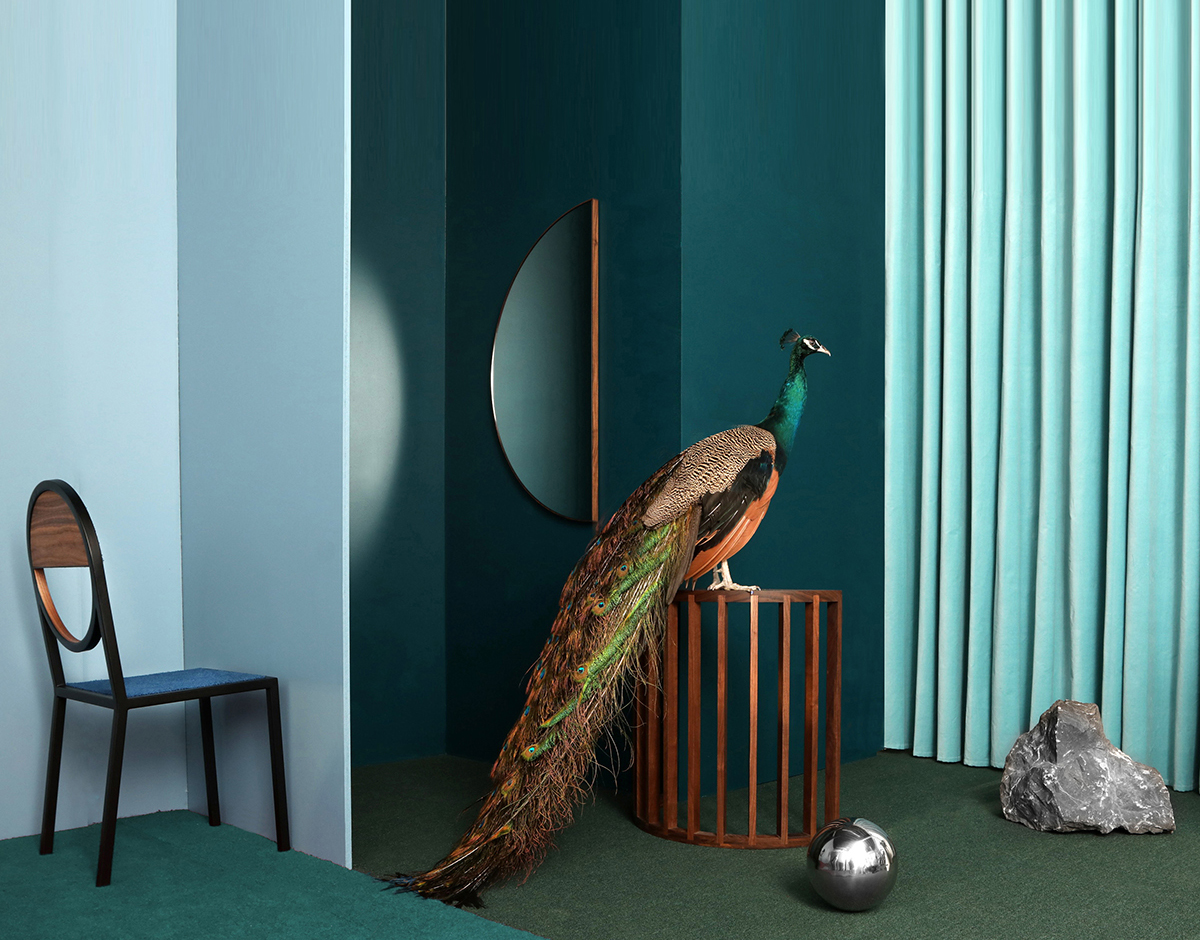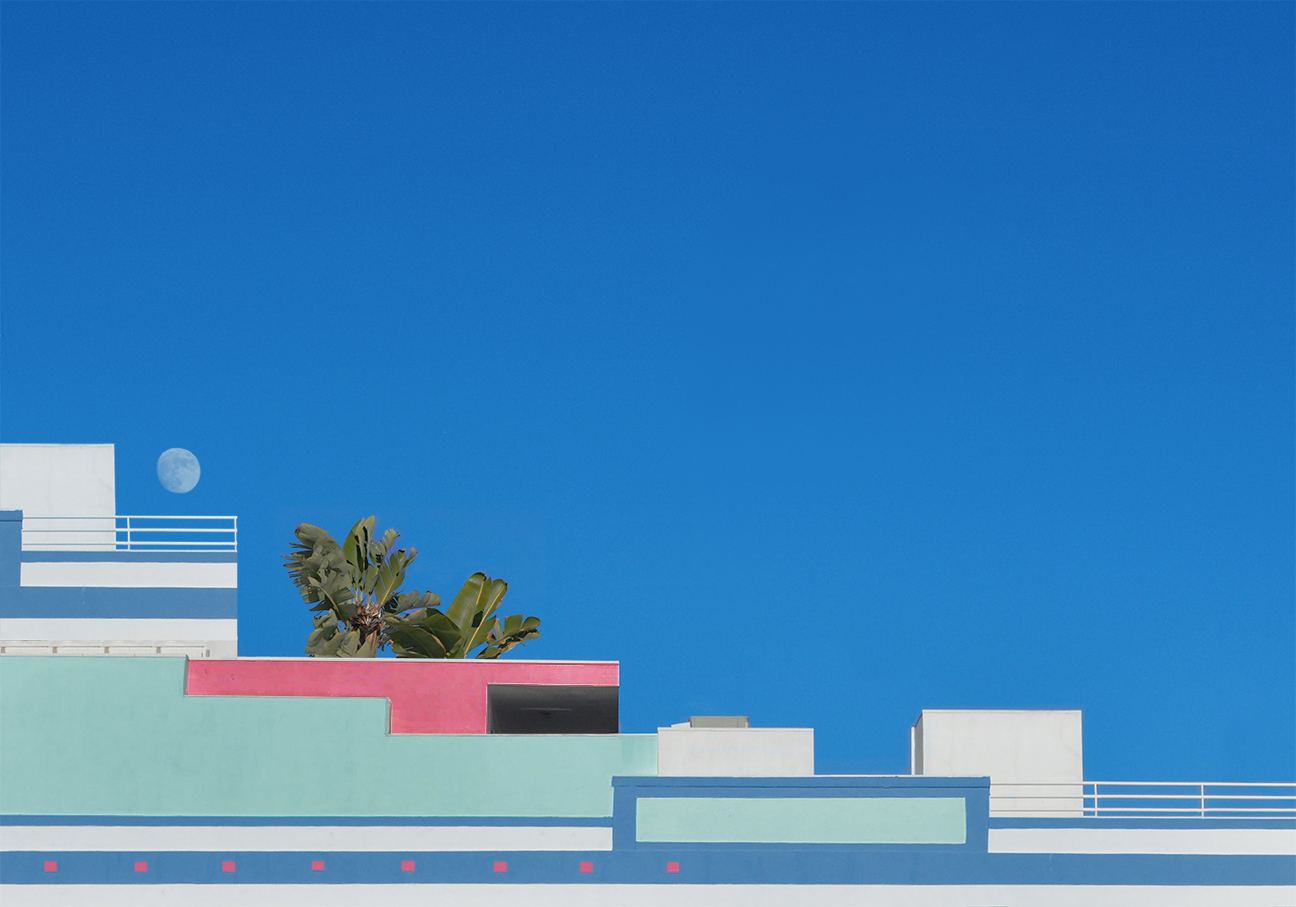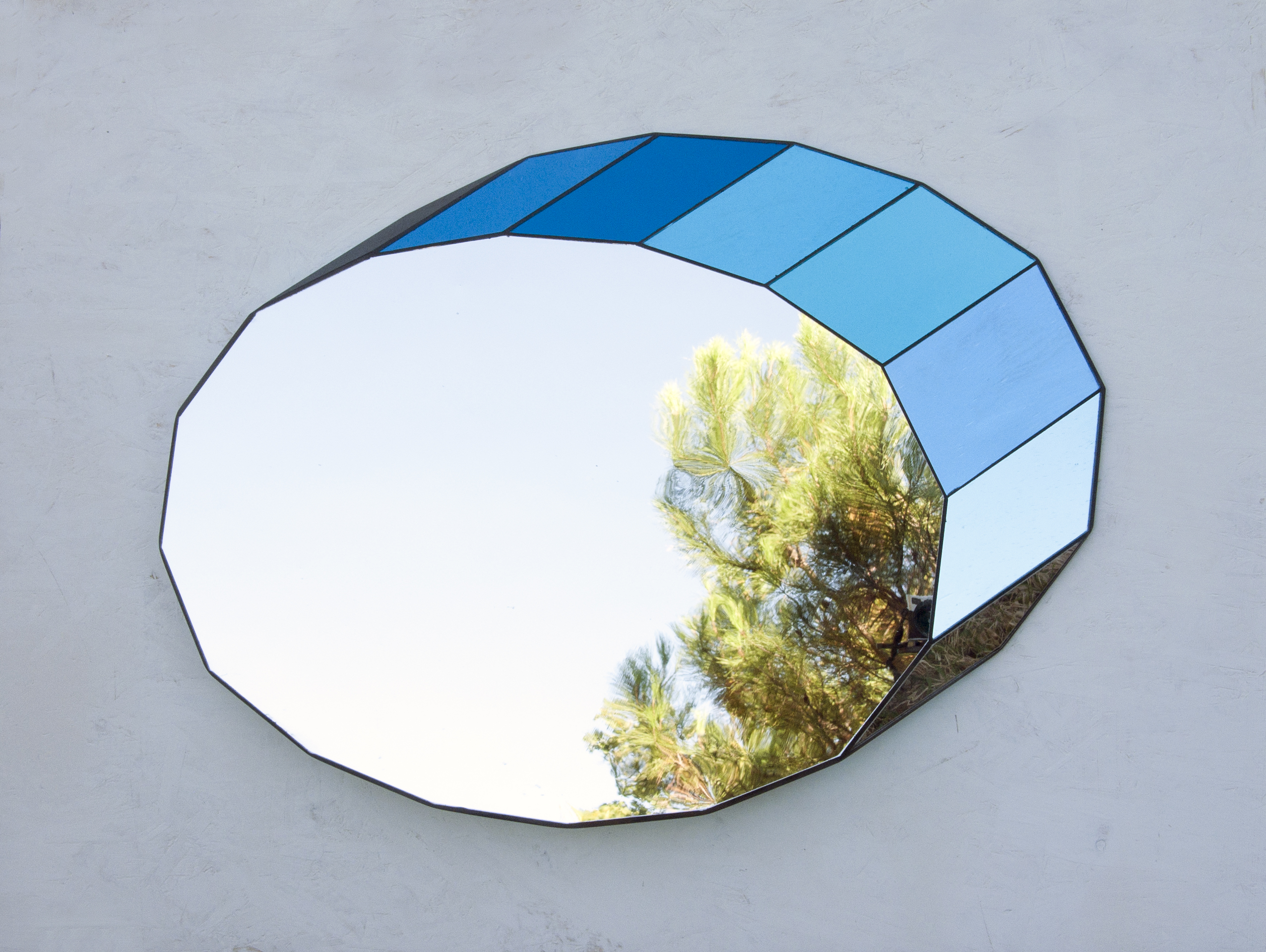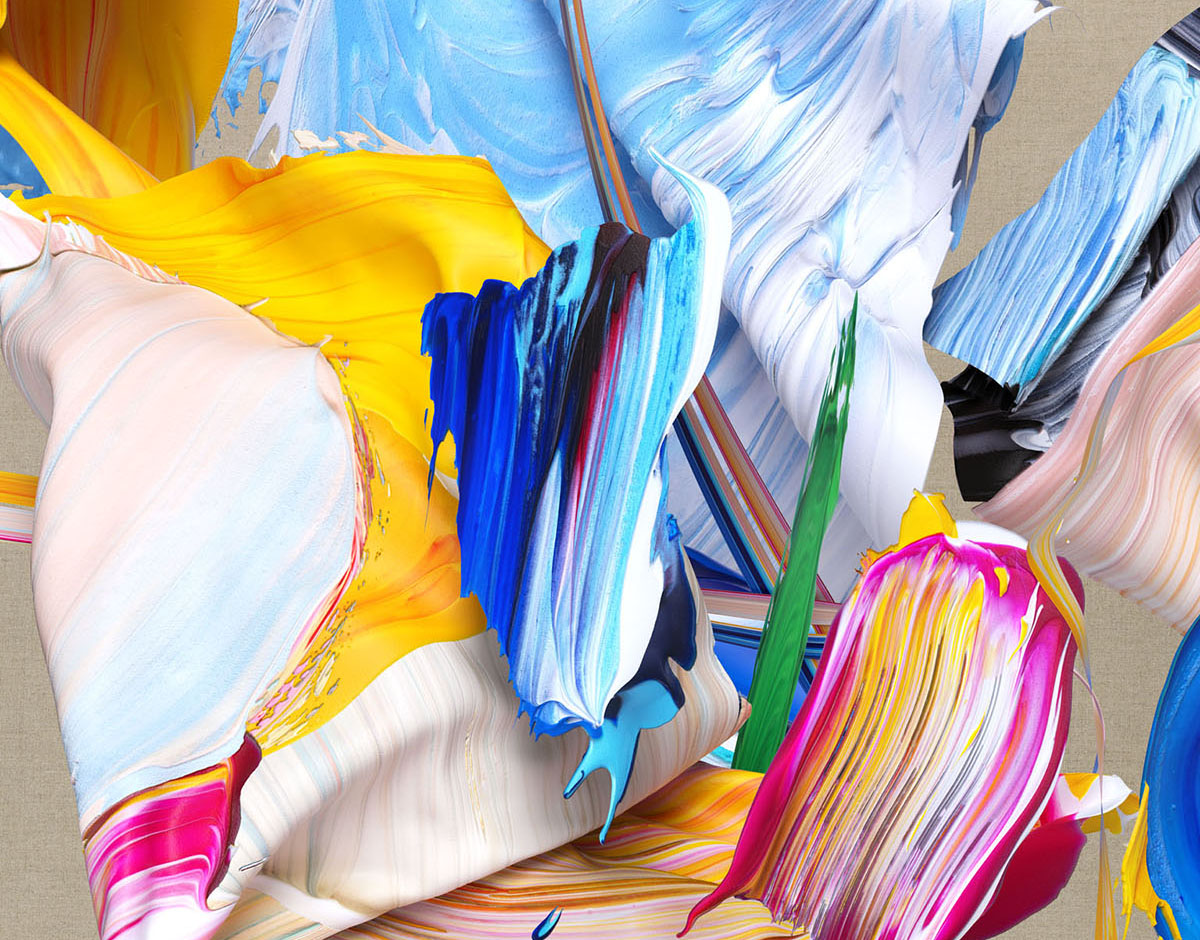
02.22.21
Excerpt: Book
Ken Miller’s New Book Pictures Photography Anew
A new volume by editor and curator Ken Miller celebrates photography not for the referential images it can capture, but for the possibilities of the medium in and of itself. Titled PICTURES, the book celebrates non-representational photography, and it’s a formal announcement of sorts that photographs, as an art form, have come into a category all their own and not just in service of documentation, representation, or narrative.
Since its very beginnings, photography has been rooted in science or as a means to an end. In 1839, Englishman William Fox Talbot showed his early photograms to the Royal Society, a scientific body and science academy, while, in that same year, Frenchman Louis Daguerre presented his daguerreotypes to the French Académie des Sciences. The first cameras were introduced at the World’s Fairs of the late 1800s and early 1900s in science halls and exhibitions, and early photography was used to capture medical advances and a rapidly changing society. In the late 19th century, leading figures like Alfred Stieglitz attempted to overhaul photography’s image (pun intended!) with the Pictorial style — nudes and landscapes with a soft focus that aligned the medium with painting.
In PICTURES, Miller posits photography as its own art form — another set of tools in the artist’s creative arsenal. Miller pithily encapsulates this idea in his introductory essay: “Rather than looking at what a photograph is of, this book instead looks at what a photograph is” [emphasis my own].
Miller begins with fascinating early examples of photographic experimentation. Pierre Dubreuil’s Interpretation Picasso: The Railway, circa 1911, features the hulking shadow of an oncoming train and its Cyclopean headlight. Shadowy squares overprinted onto the image and accented with graphite create a fragmented cubist view. A 1921 Rayograph by Man Ray and a 1922 Fotogram by László Moholy-Nagy introduce the types of striking photographic images that can be created without the use of a camera. And, while Imogene Cunningham’s 1920s Agave Design silver gelatin print pictures an agave, its highly abstracted form and extreme contrasts of shadow and light demonstrate her interest not in picturing the plant per se, but in exploring composition and the possibilities of the medium itself.
Deeper into the book is an array of more recent examples of photographic exploration. Gottfried Jäger’s Luminograms (1980), created from cut paper and light, oscillate to the eye like the Op-Art silkscreens of Bridget Riley. David Benjamin Sherry and Sara VanDerBeek’s geometric images draw comparison to Kenneth Noland’s target and chevron paintings, respectively. Jessica Eaton’s nesting square compositions pick up where Josef Albers’s meditations on color theory in his Homage to the Square series left off. Walead Beshty explores the infinite possibilities within the limitations dictated by exposing rolls of photo-paper to cyan, magenta, and yellow light. Barbara Kasten and Andrea Grützner manipulate architecture and photographic perspective to create pure abstraction. Many other examples, using photographic materials like film, chemicals, and paper, are no less expressionistic than Jackson Pollock’s or Joan Mitchell’s vigorous action paintings. Mural-sized images in Mariah Robertson’s practice demonstrate physicality and spontaneity as she splashes photochemicals and rips away long sheets of photo-paper from the roll to create an individual expressionistic work. Wolfgang Tillmans camera-less photographic abstractions make use of laser-light to draw on photo-sensitive paper.
Other stand-outs in the book include Daisuke Yokota, who creates richly manipulated photographic surfaces one could get lost in. Photographic emulsion is allowed to react on several layers of vinyl and photographic paper, creating evocative passages that appear like thickly impastoed paint. Matthew Stone collapses the painterly, the photographic and the digital into one with hand-painted brushstrokes that are photographed, excised, and layered through computer technology. While Miller includes over 50 artists, it’s easy to see how this beautifully illustrated initial book could generate multiple volumes as artists continue to innovate and pictures proliferate. Buy the book here!
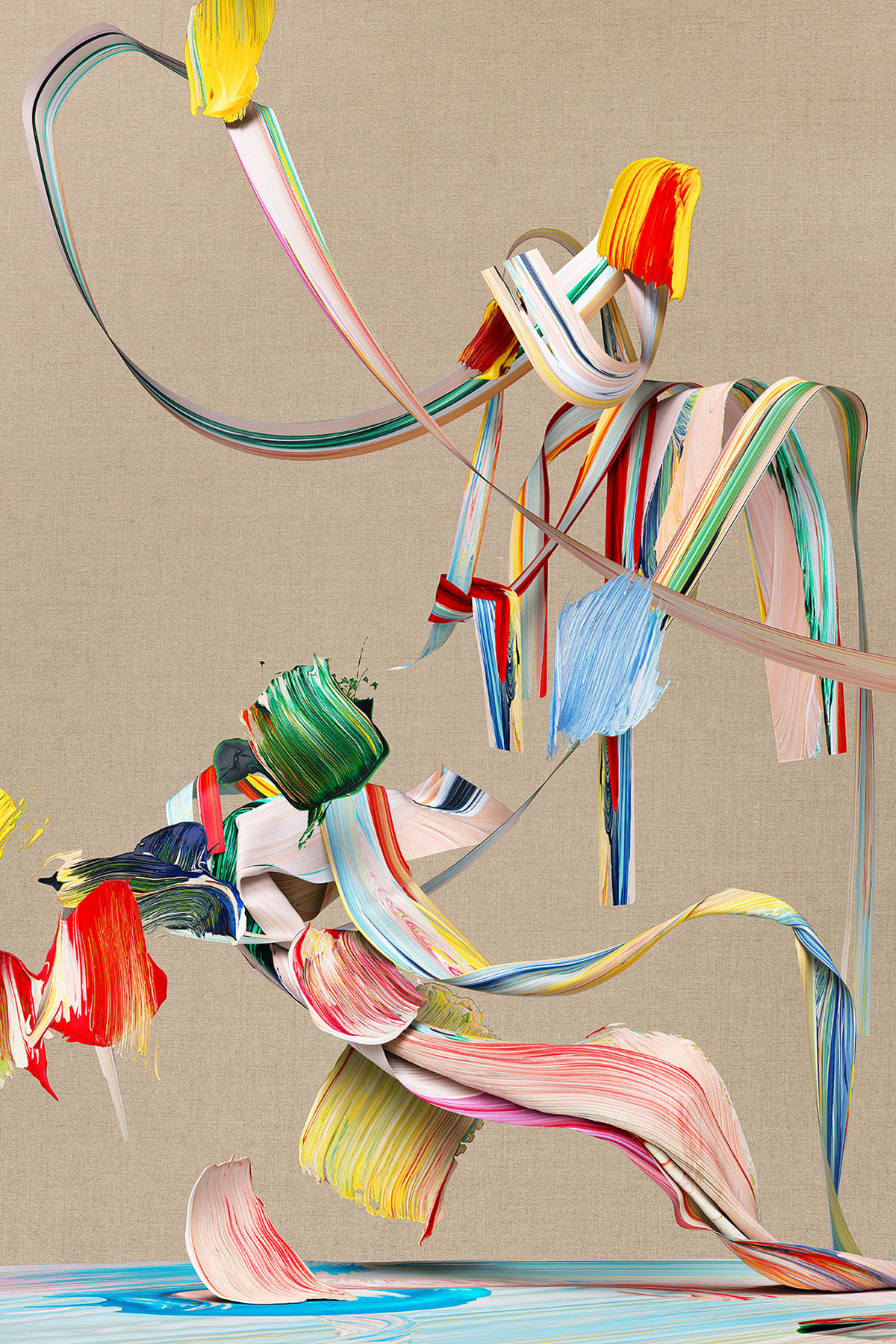
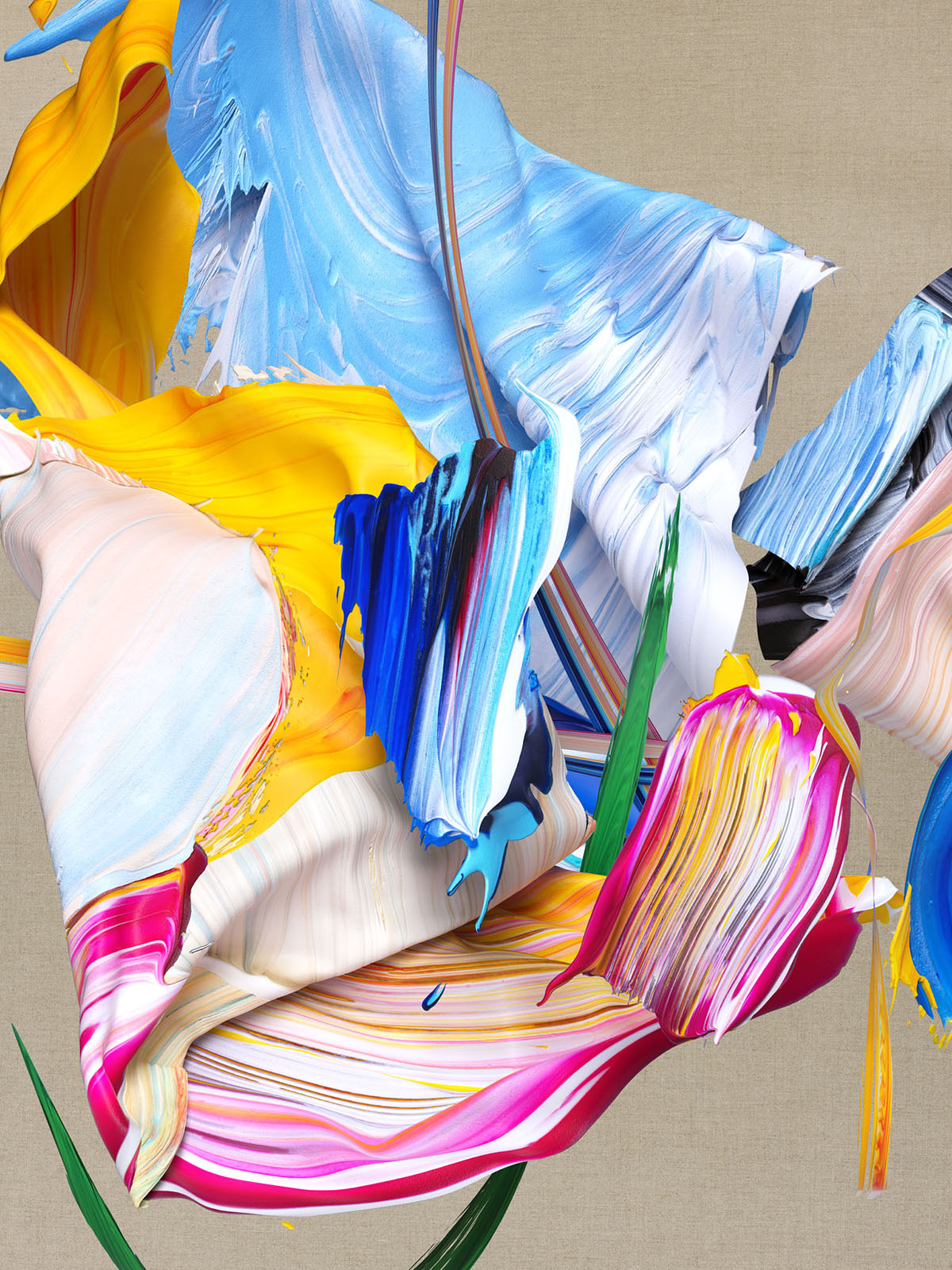
Matthew Stone

Gottfried Jäger

Daisuke Yakota
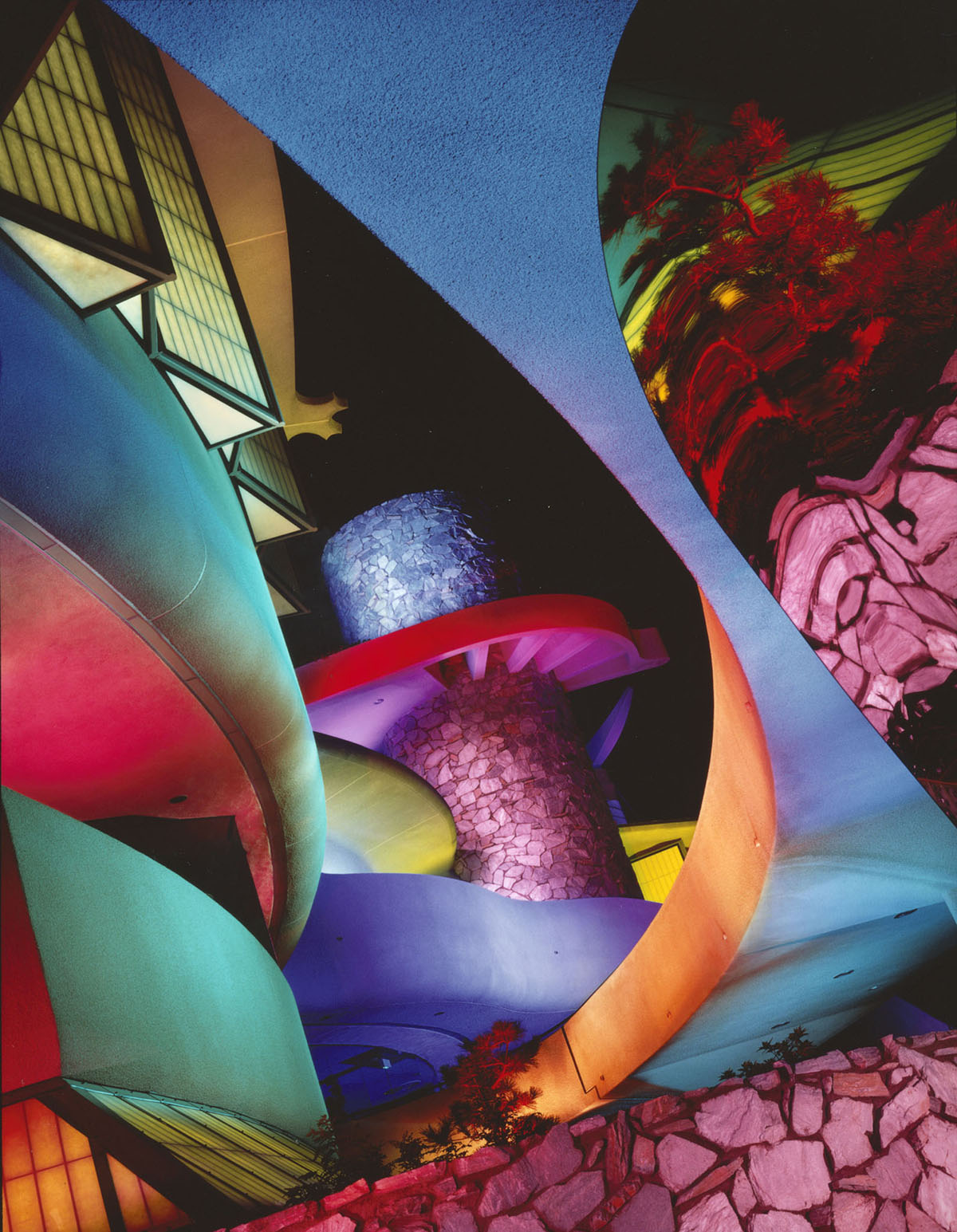
Barbara Kasten (courtesy of Bortolomi Gallery)
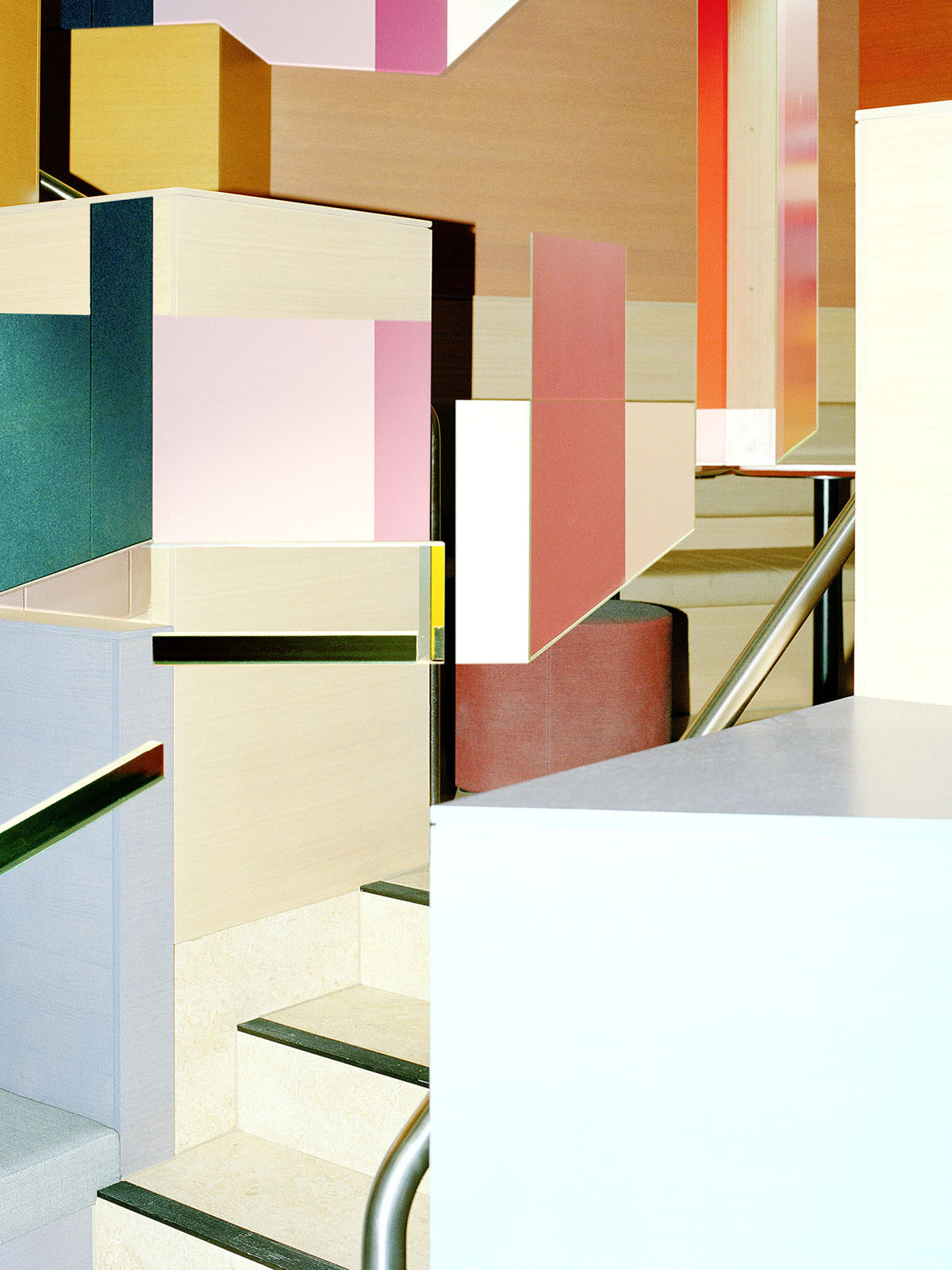
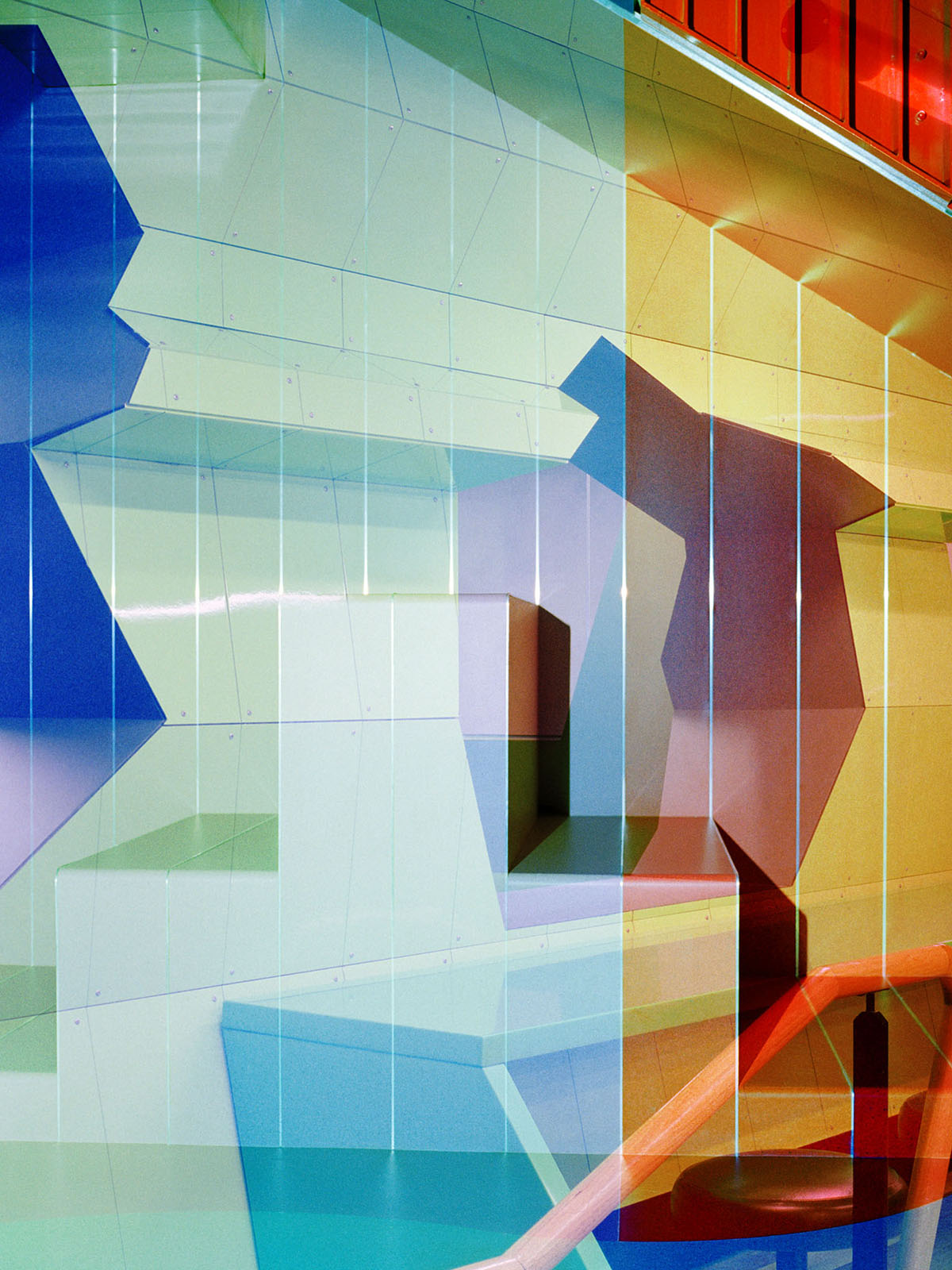
Andrea Grützner
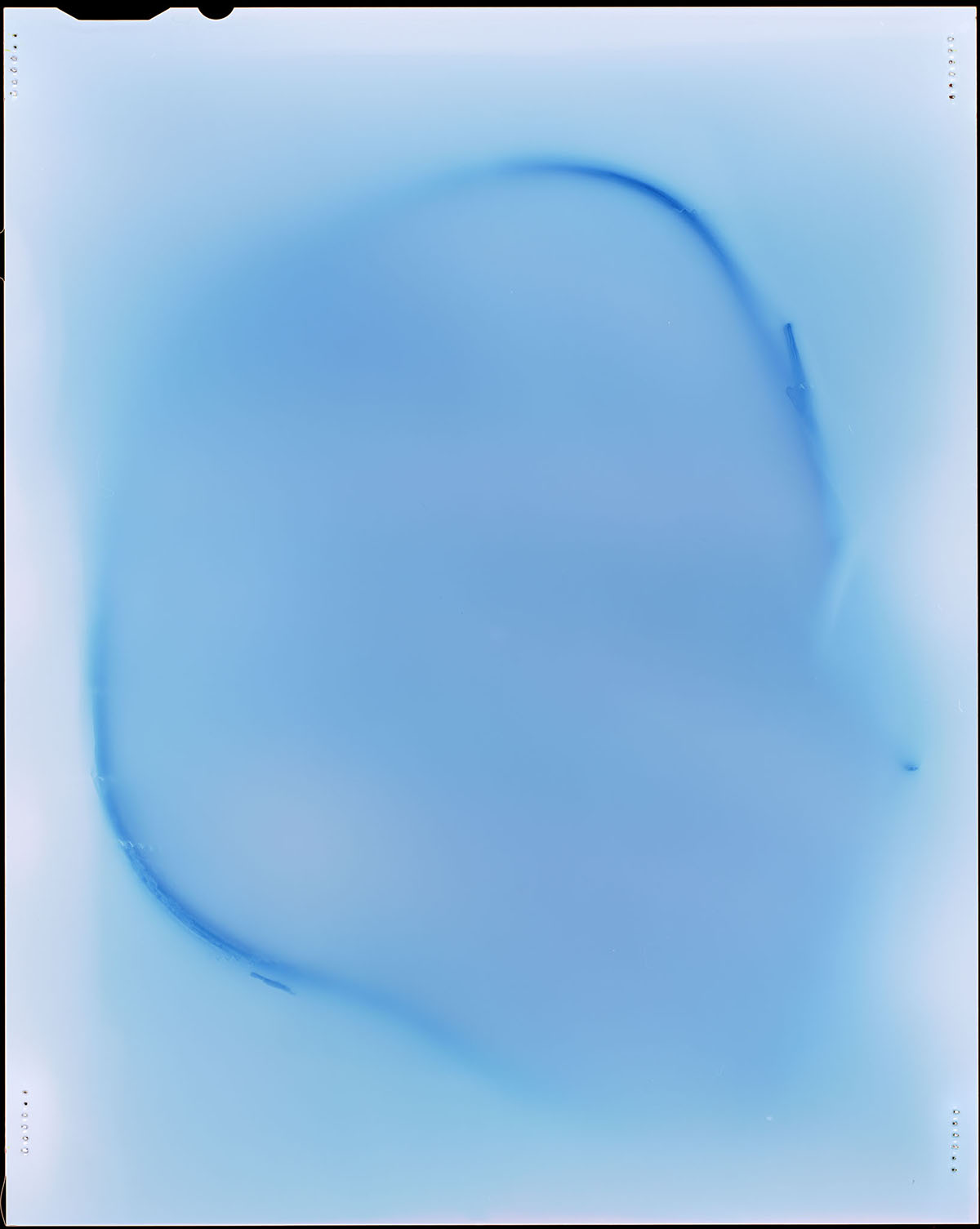
Ketuta Alexi-Meskhishvili
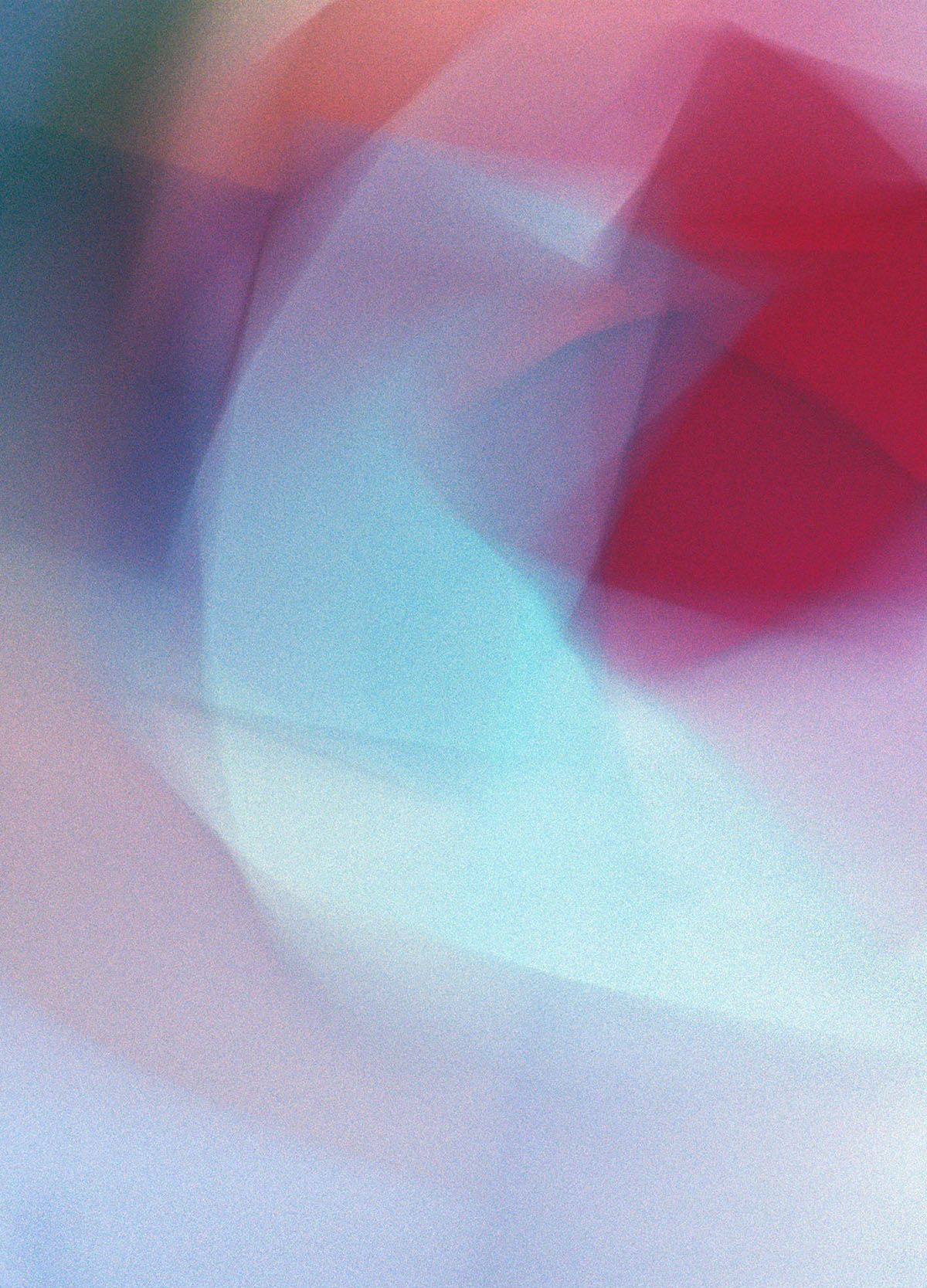
Marcelo Gomes
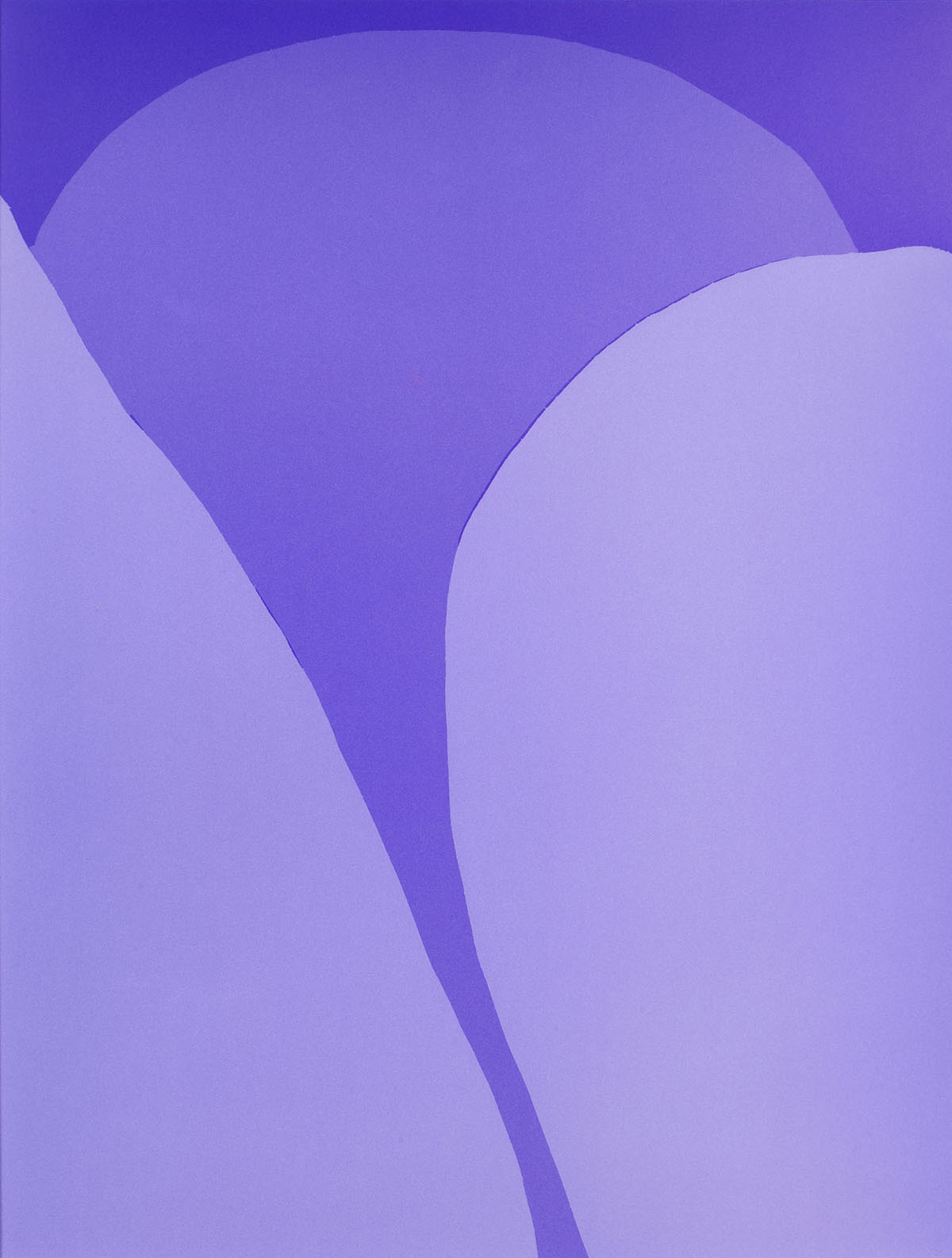
David Benjamin Sherry
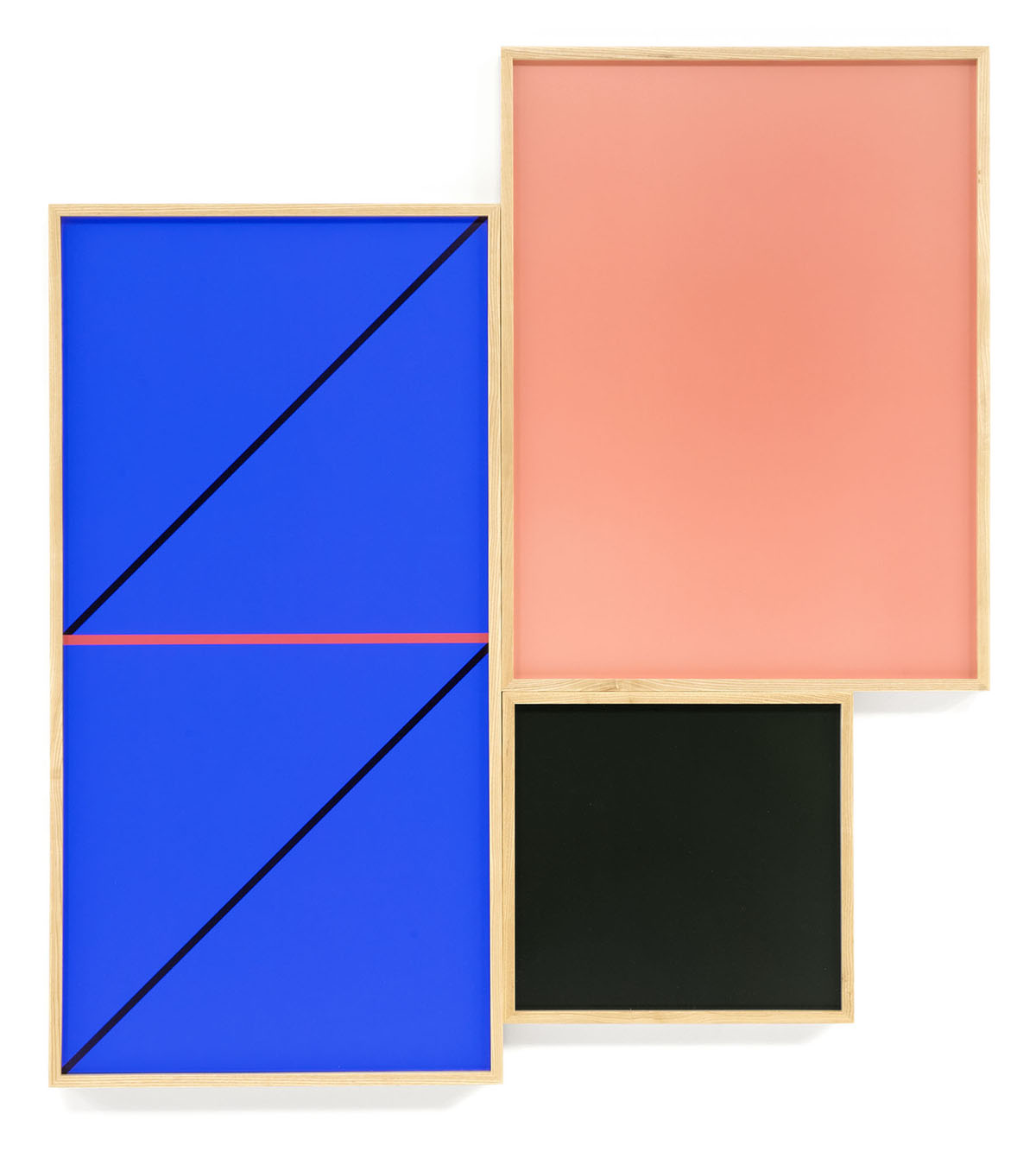
Leslie Hewitt (courtesy of Perrotin)
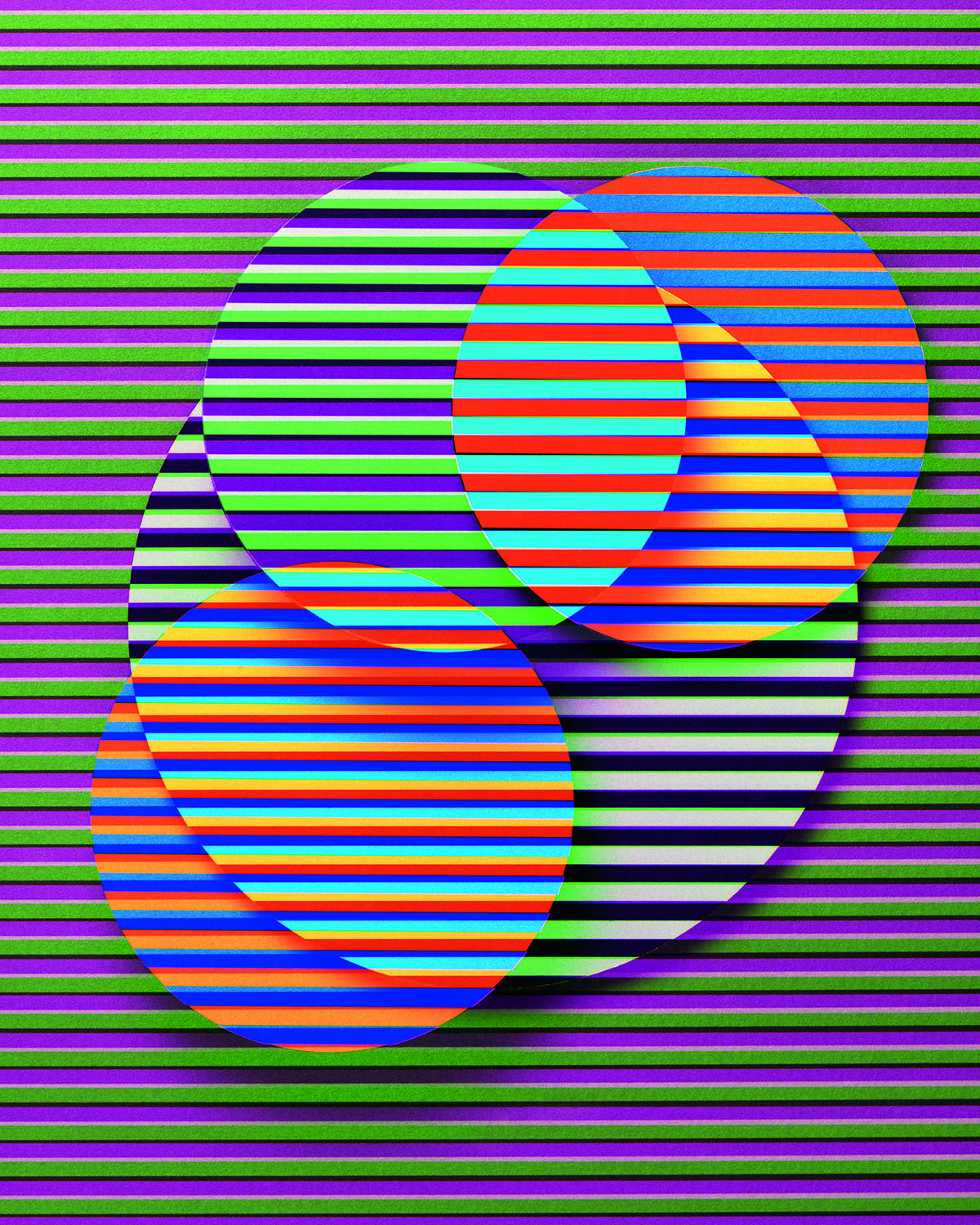 Jessica Eaton
Jessica Eaton
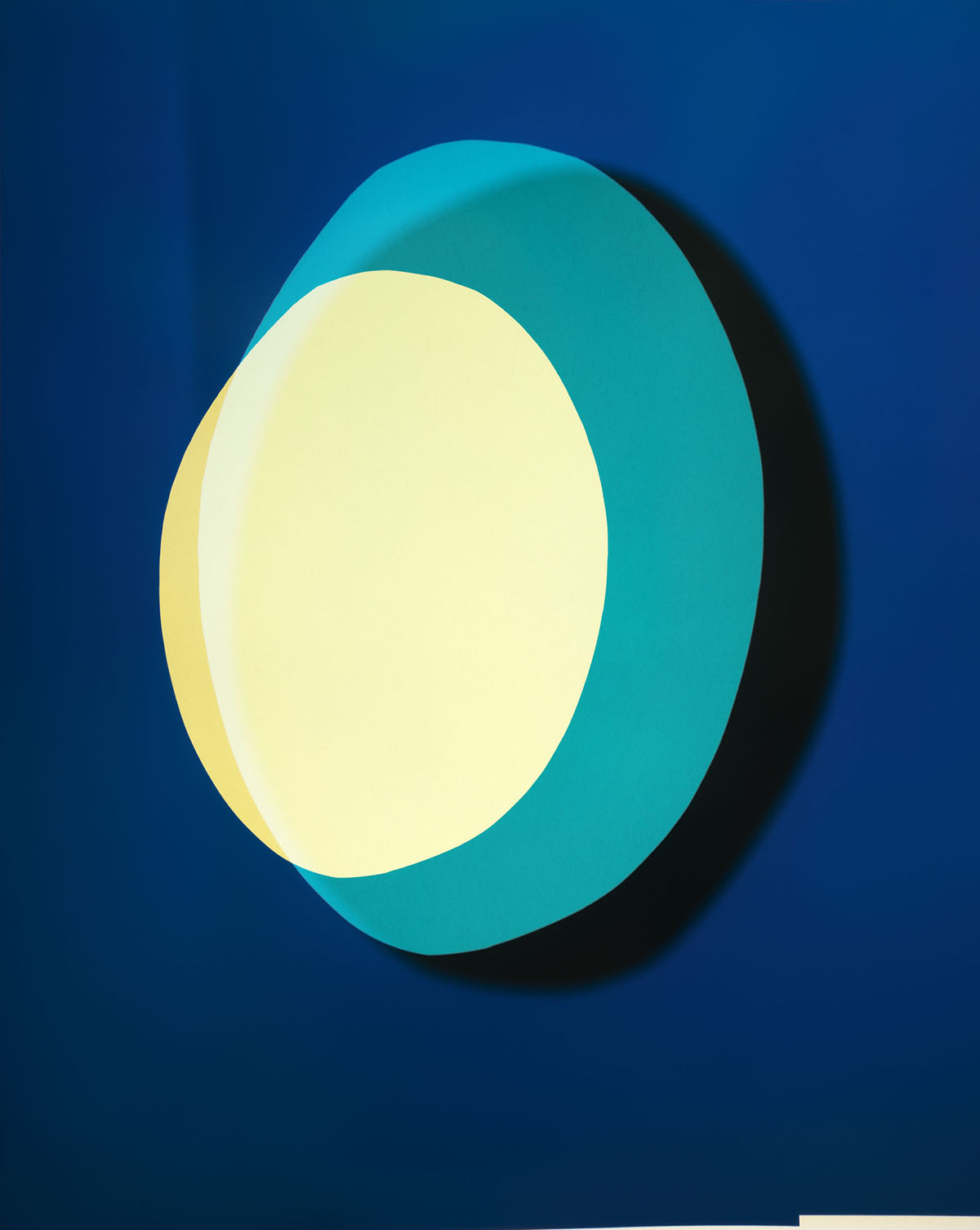
Fabiola Menchelli
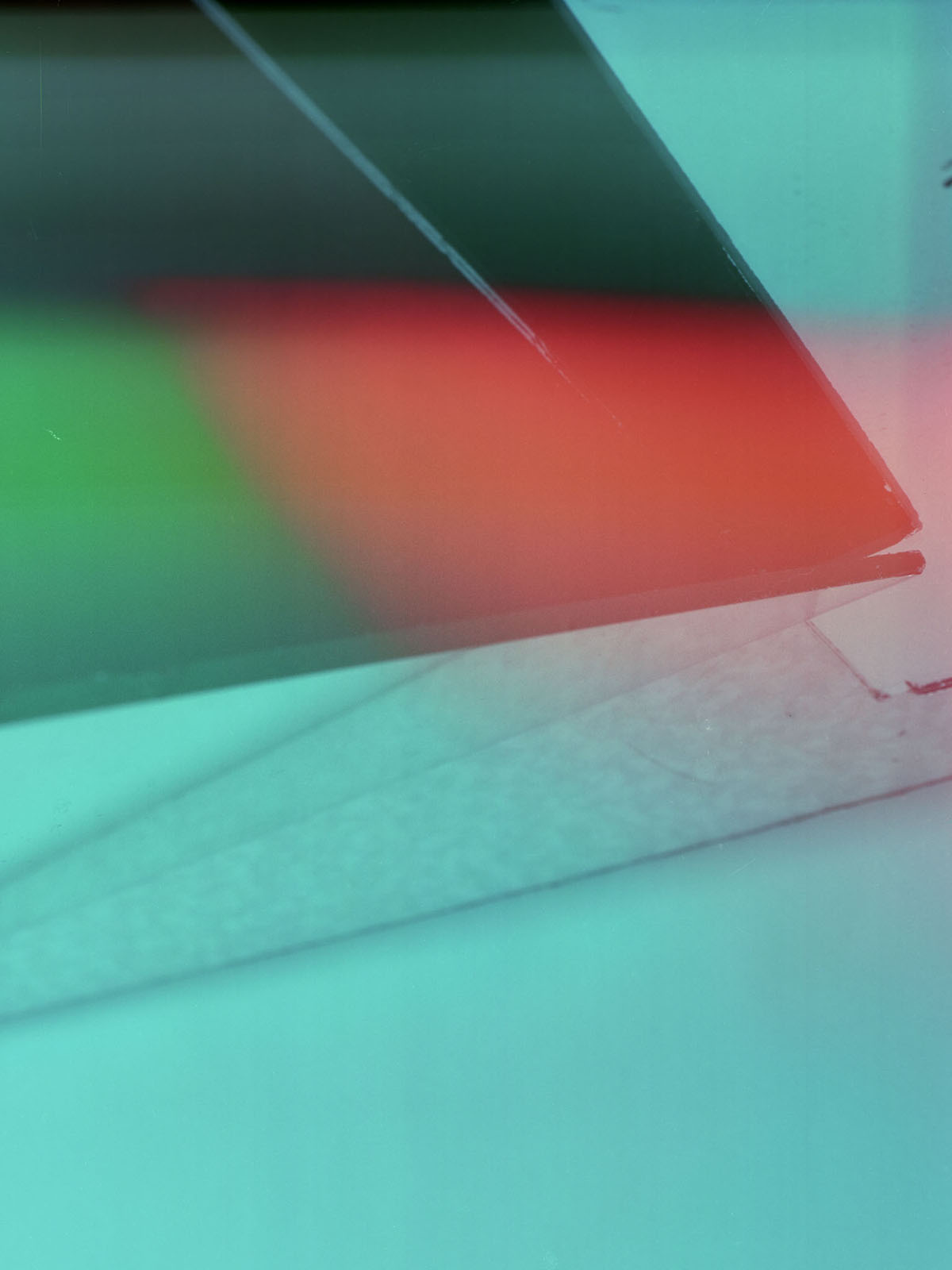
Eileen Quinlan
